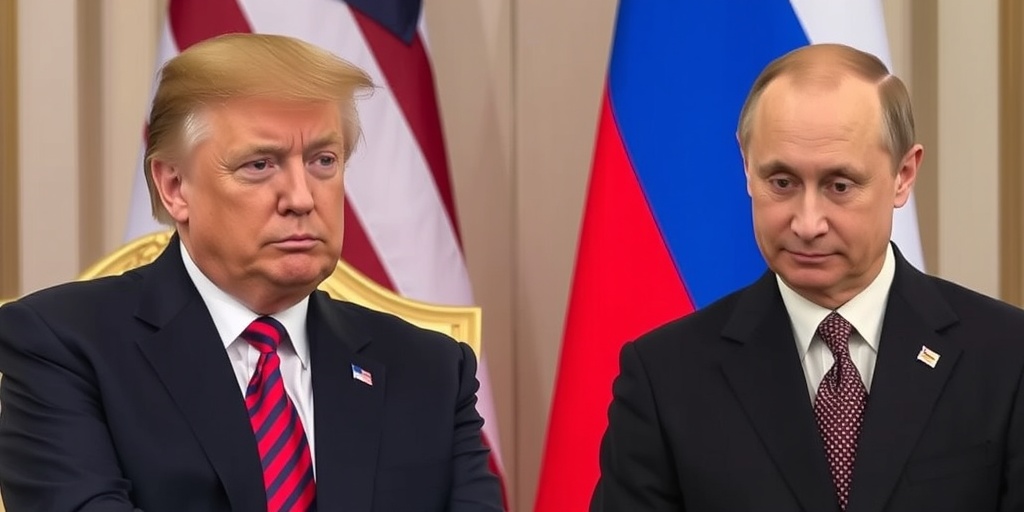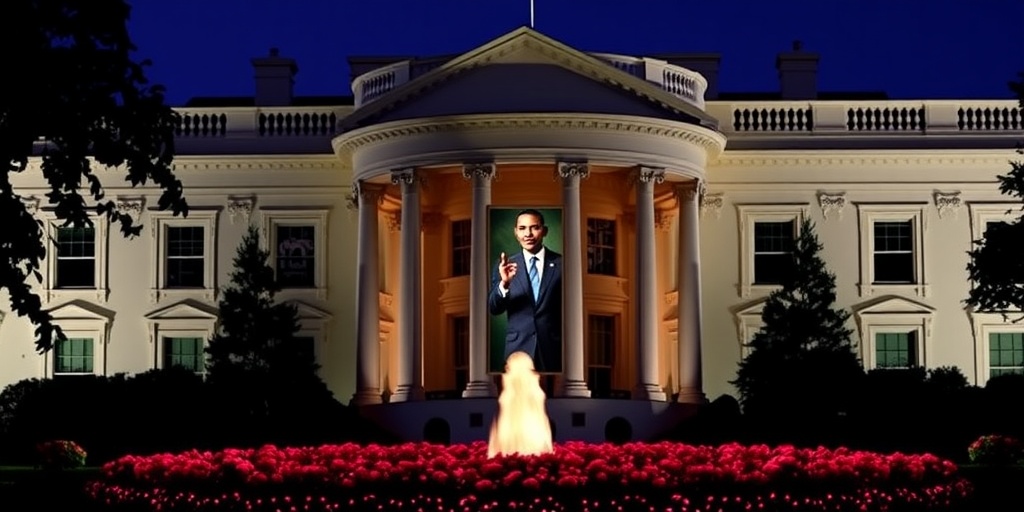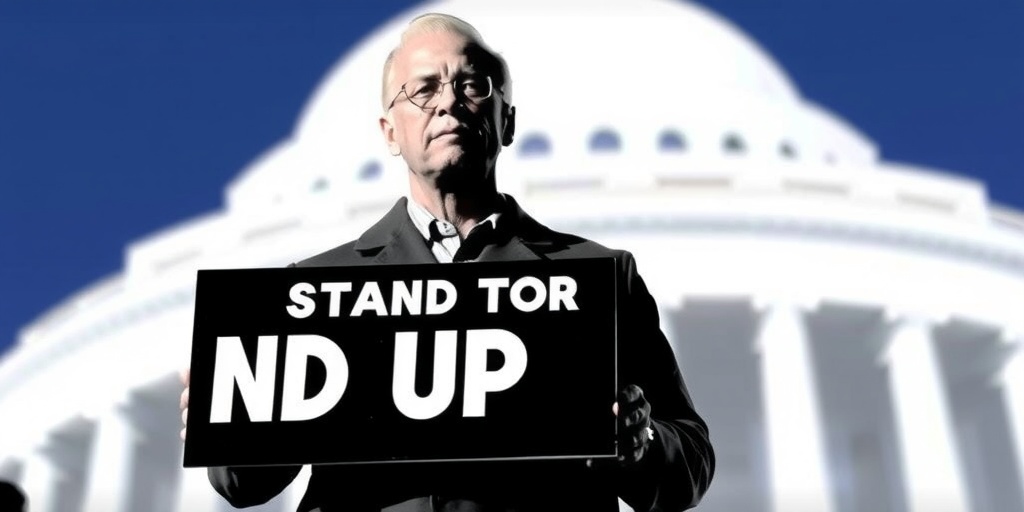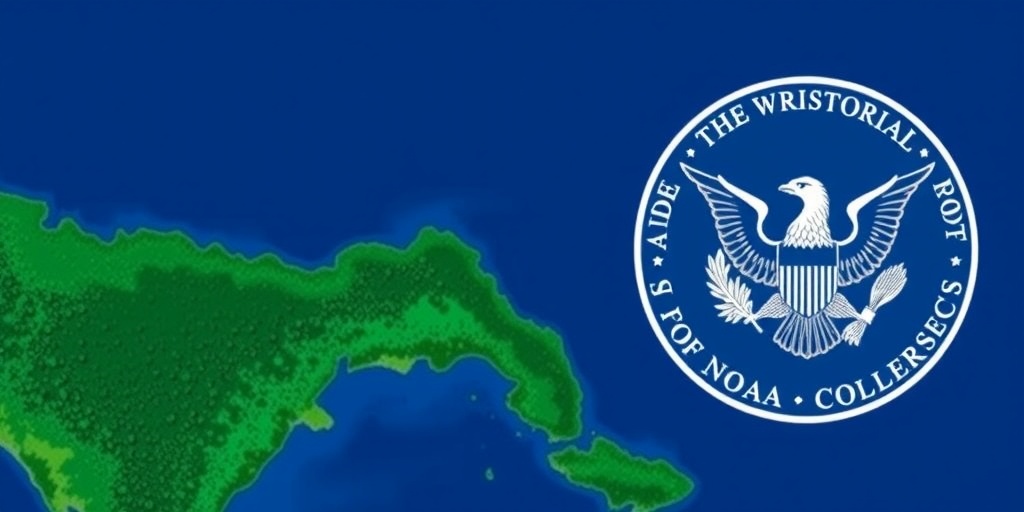Now Reading: Trump’s Bond with Putin Deepens Amid Rising Consequences
-
01
Trump’s Bond with Putin Deepens Amid Rising Consequences
Trump’s Bond with Putin Deepens Amid Rising Consequences

Title: Unraveling the Trump-Putin Connection: A Complex Alliance
In early 2017, American intelligence agencies reached a clear conclusion about Russian President Vladimir V. Putin’s motivations surrounding the interference in the recent U.S. presidential election. According to their assessment, Putin aimed to undermine American confidence in its electoral process and to disrupt the liberal world order that Russia perceives as a threat to its national security. The investigation suggested that Russia’s efforts were aligned with assisting Donald J. Trump in securing victory, fostering a unique bond between the two leaders.
Fast forward eight years, Trump, now back in the Oval Office, was once again making headlines during a meeting with Ukrainian President Volodymyr Zelensky. In a surprising twist, Trump dismissed the allegations of Russian interference, framing them as a "phony witch hunt," claiming that both he and Putin had been victimized by this narrative. He went so far as to express a sense of camaraderie with Putin, suggesting a shared plight against their common adversaries, which he identifies as Democratic lawmakers, European leaders, and what he perceives as a “deep state” lurking within the U.S. government.
This fraught relationship between Trump and Putin has triggered extensive scrutiny from various American government inquiries, assessments by foreign intelligence services, and media investigations. These efforts have revealed a plethora of theories about Trump’s inclination towards the Russian leader, who has dedicated his career to undermining American interests. Despite this, there remains no concise or definitive explanation for their relationship. Yet, the decisions made by Trump during his initial weeks back in office reflect a concerning trend; nearly every national security or foreign policy decision has been met with approval from the Kremlin, amplifying the significance of Trump’s position towards Putin.
Susan Miller, former head of counterintelligence at the CIA and a key figure in the 2017 intelligence assessment on Russian election meddling, articulated her thoughts on Trump’s connection with Putin. She referred to it as “autocrat envy,” suggesting that Trump admires Putin’s unfettered control and authority in Russia, which contrasts with the constraints he faces domestically.
The evolving geopolitical landscape has seen Trump take a controversial stance on the ongoing war in Ukraine, which followed Russia’s invasion in February 2022. He has accused Zelensky of instigating the conflict while withholding vital intelligence assistance that Ukraine desperately needs to combat Russian military aggression. Simultaneously, Trump has criticized the present American foreign aid programs aimed at fostering democracy, especially in nations like Hungary, which are slipping into Russia’s sphere of influence.
Recently, Trump has framed his actions as necessary measures to facilitate negotiations with Russia, appointing himself a peace broker in the Ukraine conflict. However, his efforts suggest a greater push for concessions from Zelensky than from Putin, raising questions about his intentions. For instance, one day he decries Russia’s military actions in Ukraine as unjust while later suggesting that the severity of Russia’s attacks indicated a desire for peace.
Experts observe that Trump’s choices have led to a significant weakening of the U.S.-led international order, a destabilization long sought by Putin. Calder Walton, a scholar at Harvard’s Kennedy School, pointed out that Putin appears to have achieved more through Trump’s presidency than he or other former KGB operatives could have envisioned.
Russian officials have publicly responded favorably to Trump’s adjustments since assuming office. Dmitry Peskov, the Kremlin’s spokesperson, extolled the Trump administration’s alignment with Russian interests in a state television interview shortly after the tense Oval Office meeting with Zelensky. Meanwhile, Russian Foreign Minister Sergey Lavrov offered a controversial reinterpretation of historical events, suggesting that European nations, rather than the United States, were responsible for major conflicts throughout history.
Amidst these developments, Miller stated that there was no question among intelligence professionals concerning Russia’s intentions during the 2016 election interference. The goal was to spread disinformation and create chaos, aiming to undermine faith in American democracy. Yet, she noted that her team conducted its analysis carefully and without bias, despite ongoing scrutiny and investigations aimed at delegitimizing their findings.
Trump’s resentment over the narrative surrounding the “Russia hoax” has transformed into a perception of Putin as a fellow victim of political injustice, a view that is increasingly echoed among his supporters. The alignment of their perspectives regarding Ukraine signals a significant shift within Republican circles, as many have begun to adopt rhetoric that mirrors that of the Kremlin.
As the conflict in Ukraine continues to evolve, recent comments from Secretary of State Marco Rubio framed the situation not as a clear-cut case of Russian aggression but as a proxy conflict between the U.S. and Russia. Remarkably, Peskov concurred, highlighting the striking alignment between the White House and the Kremlin’s narratives. This emerging dynamic suggests a profound reconfiguration of established geopolitical relationships, raising urgent questions about the future of U.S. foreign policy and its implications for global security.
Stay Informed With the Latest & Most Important News
Previous Post
Next Post
-
 01New technology breakthrough has everyone talking right now
01New technology breakthrough has everyone talking right now -
 02Unbelievable life hack everyone needs to try today
02Unbelievable life hack everyone needs to try today -
 03Fascinating discovery found buried deep beneath the ocean
03Fascinating discovery found buried deep beneath the ocean -
 04Man invents genius device that solves everyday problems
04Man invents genius device that solves everyday problems -
 05Shocking discovery that changes what we know forever
05Shocking discovery that changes what we know forever -
 06Internet goes wild over celebrity’s unexpected fashion choice
06Internet goes wild over celebrity’s unexpected fashion choice -
 07Rare animal sighting stuns scientists and wildlife lovers
07Rare animal sighting stuns scientists and wildlife lovers





















